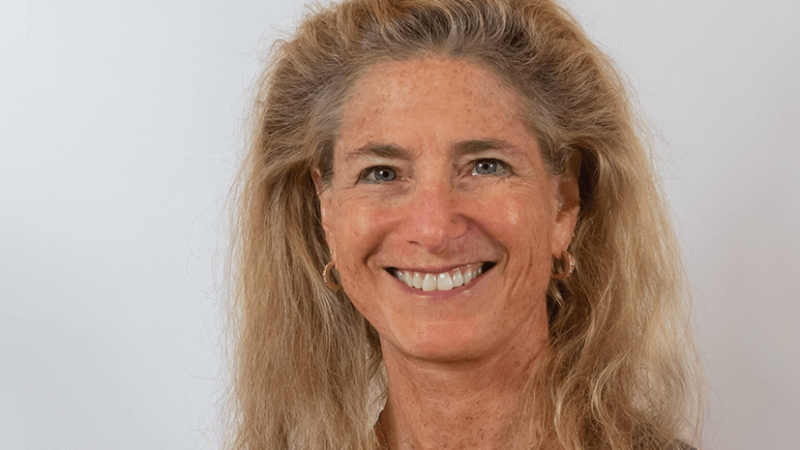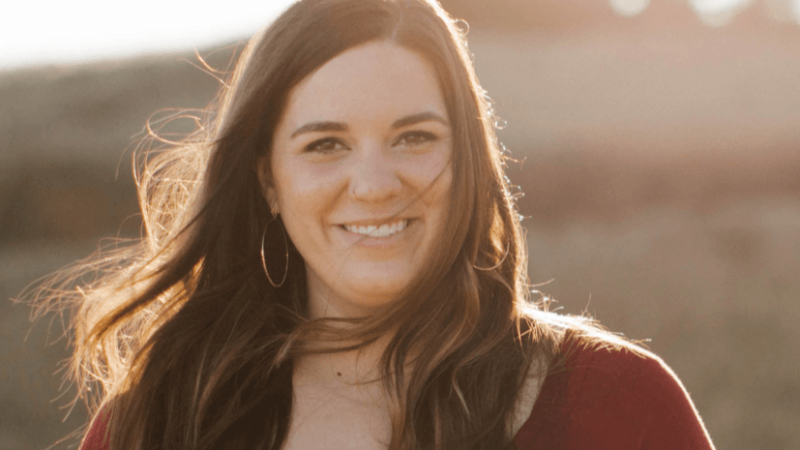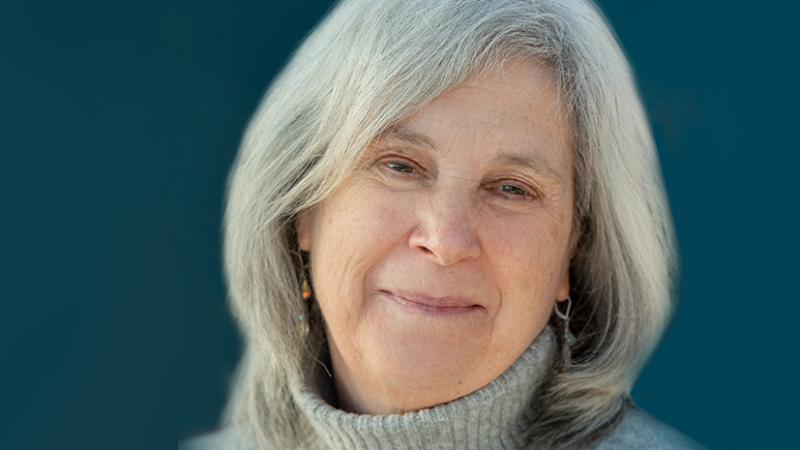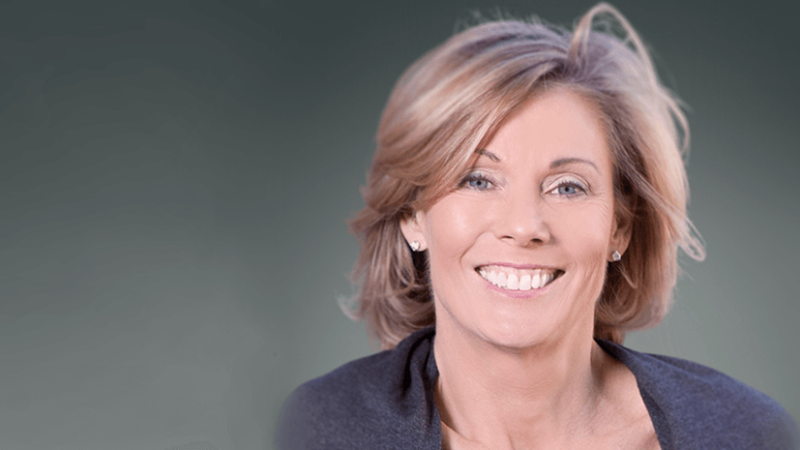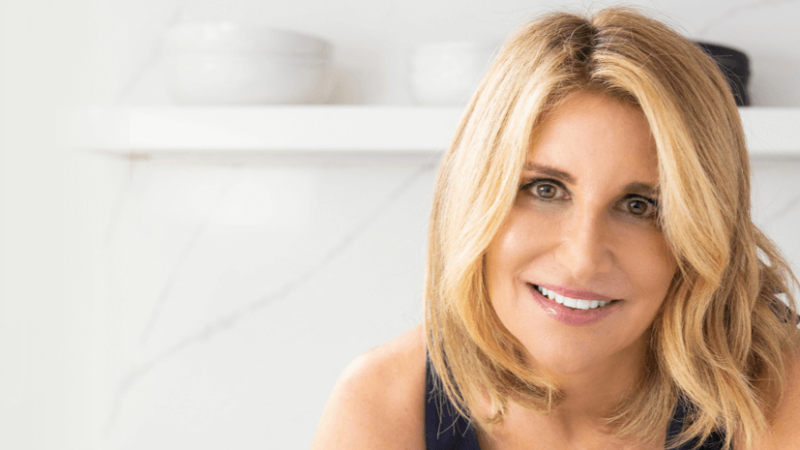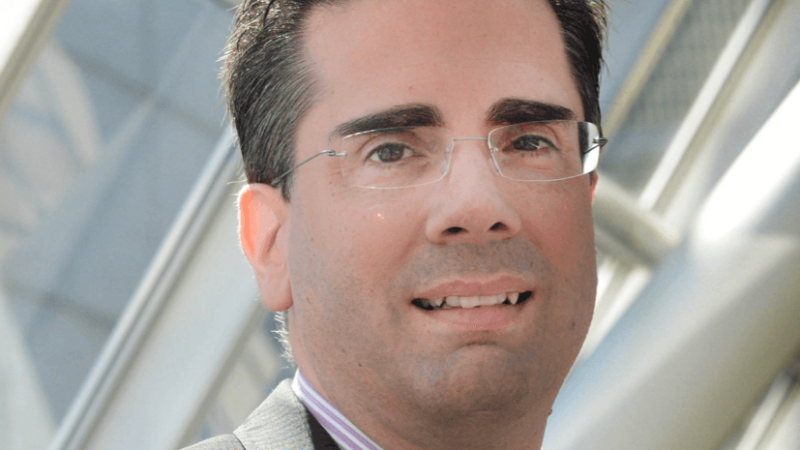Trusting the Gold
Tara Brach has been practicing and teaching meditation since 1975, as well as leading workshops and meditation retreats throughout North America and Europe. She has a PhD in clinical psychology, is the founder of the Insight Meditation Community of Washington (IMCW), and is the author of Radical Acceptance, True Refuge, Radical Compassion, and most recently, Trusting the Gold.
In this podcast, Tara Brach speaks with Sounds True founder Tami Simon about rediscovering the inner “gold” of our intrinsic goodness, love, and purity. In addition, they discuss Tara’s teachings on the “trance of unworthiness” and how we can break free from it; recognizing the secret beauty in others and mirroring it back; relaxation for the go-getters; working with difficult emotions; how shame can become a portal to freedom; the RAIN practice for self-compassion; the power of the phrase “this belongs”; the practice of “softening” in response to contractions of fear or anger; and seeing the sacredness in all things.
